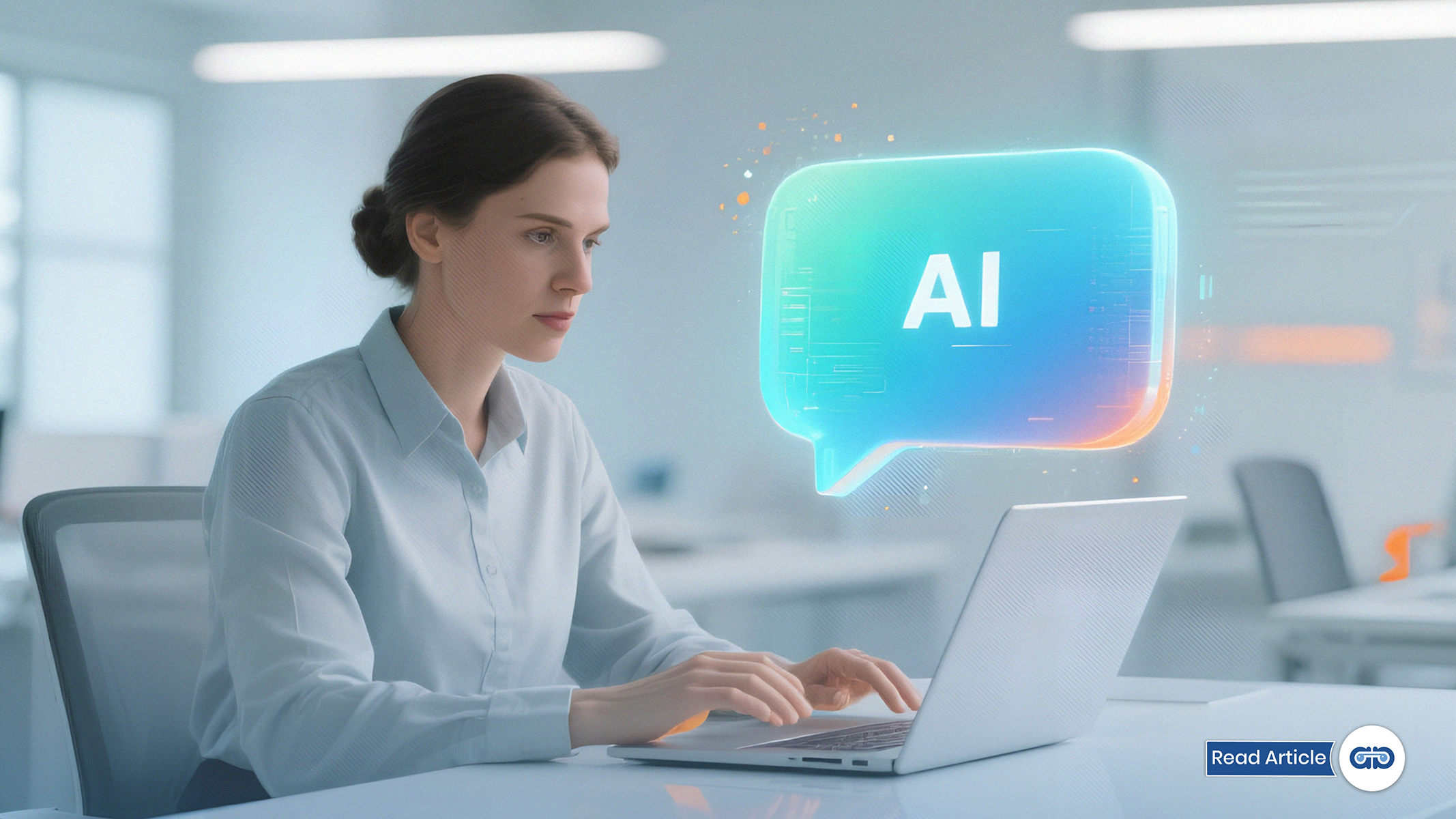There was a time when every issue meant raising a ticket and waiting in line for help. Today, that world feels almost distant. IT support has evolved from manual queues and helpdesks to intelligent, always-available virtual assistants that understand what users need the moment they ask.
As enterprise systems grow larger and user expectations soar, conversational AI has quietly become the new core of IT service delivery. It brings speed, context, and automation together, resolving issues instantly, assisting with awareness, and keeping operations seamless no matter how complex the environment gets.
But this isn’t just an upgrade to chatbots. It’s a complete reimagining of how people and technology connect. Conversational AI weaves together natural language understanding, automation, and predictive intelligence to create IT support that feels almost human. It feels empathetic, responsive, and fast enough to keep pace with the way modern businesses move.
How Conversational AI Differs from Legacy Chatbots
Legacy chatbots stick to a script. They only know what they’ve been told, and the moment a user steps outside those preset paths, the conversation falls apart.
Conversational AI changes that completely. It doesn’t just follow commands; it understands them. It can pick up intent, mood, and context, even when users aren’t perfectly clear. It asks smart clarifying questions, handles complex or layered requests, and remembers past interactions to keep conversations seamless.
In short, it doesn’t just respond; it adapts. That’s the difference between a chatbot that talks and an AI that truly converses.
The Drivers Behind Conversational AI Adoption
Increasing IT Complexity
Modern IT environments span cloud, on-premise, and countless SaaS tools, creating a surge of routine issues from access requests to configuration errors. For support teams, keeping up is a daily struggle. Conversational AI eases the load by automating repetitive interactions and resolving common problems instantly, allowing human experts to focus on higher-value work.
Demand for 24/7 Support
With teams spread across time zones, the demand for real-time IT help never stops. Yet human availability can’t match a global clock. Conversational AI delivers consistent, around-the-clock support that ensures employees get reliable assistance anytime, anywhere.
Pressure to Reduce Operational Costs
IT support is one of the biggest recurring expenses for large enterprises, mostly from handling simple, repetitive tickets. By deflecting these to AI-driven assistants, organizations cut cost per incident while maintaining speed, accuracy, and service quality.
How Conversational AI Works in IT Support
1. Intent Recognition and Context Understanding
When someone says, “I can’t access my VPN,” the AI doesn’t just look for keywords; it understands what the user actually means. It analyzes the intent behind the message, checks related systems, and even looks at past user interactions to understand the bigger picture. Then, it categorizes the issue whether it’s an access problem, a network glitch, or an authentication error before moving toward a fix.
2. Automated Workflow Execution
Once the AI knows what the issue is, it gets to work immediately. Integrated with backend systems, like Active Directory, ServiceNow, Zendesk, or Microsoft Cloud, it can trigger automation workflows on its own by resetting a password, unlocking an account, or reinstalling configurations. This results in faster fixes, zero back-and-forth.
3. Continuous Learning and Adaptation
Machine learning models within conversational AI platforms analyze historical tickets, user queries, and outcomes to improve accuracy. Over time, the system learns new issues, adapts responses, and refines workflows to deliver faster resolutions.
4. Contextual Escalation
When there’s something the AI Assistant can’t handle, it doesn’t just give up. It hands over the case smartly. The AI passes everything about the chat history, system diagnostics, and actions it already tried to a human technician. That means no repeating yourself, no wasted time, and a seamless transition from automation to human support.
Key Benefits of Conversational AI for IT Operations
Reduced Ticket Volume
Conversational AI deflects up to 60–70% of repetitive IT requests. Password resets, software installations, and troubleshooting inquiries no longer require manual handling, allowing IT staff to focus on complex issues.
Faster Resolution Times
Automation-driven responses reduce Mean Time to Resolution or MTTR. Issues that once took hours to resolve now close in seconds. AI ensures consistent, on-demand problem-solving without waiting for queue availability.
Improved User Experience
Employees interact in their natural language through familiar channels like Microsoft Teams, Slack, or simply WhatsApp. Support feels personal, fast, and intuitive, boosting satisfaction and overall productivity.
Cost Efficiency at Scale
By reducing dependency on human agents, organizations achieve significant savings while maintaining high-quality service delivery. AI systems scale effortlessly as user volumes grow, unlike traditional support models that require proportional staffing.
Data-Driven Insights
Conversational AI collects data on queries, user pain points, and recurring incidents. This data provides IT leaders with insights into systemic issues, guiding optimization, and preventive measures.
The Strategic Role of Conversational AI in Modern IT
Shifting from Reactive to Predictive IT
Conversational AI is more than a support mechanism; it’s a data intelligence layer. By analyzing patterns in queries and incidents, AI can identify emerging issues before they escalate, allowing proactive remediation.
Empowering IT Teams
By offloading routine inquiries, IT engineers gain time to focus on system architecture, cybersecurity, and innovation initiatives. Conversational AI turns support teams into enablers of business transformation rather than reactive service desks.
Building a Scalable Support Framework
As enterprises grow, manual support models break under volume pressure. Conversational AI provides scalable support that grows with user demand, enabling consistent service delivery even in high-growth or high-turnover environments.
Conclusion
The rise of conversational AI in IT support signals the beginning of truly intelligent service management. It brings together the best of both worlds – automation that works tirelessly in the background, and natural, human-like communication that makes interacting with technology effortless.
By delivering instant, precise, and scalable assistance, conversational AI shifts IT’s role from a reactive helpdesk to a proactive business partner. In the years ahead, organizations that embrace this change won’t just lighten their operational load; they’ll redefine what IT support feels like – intelligent, autonomous, and always there when you need it.

